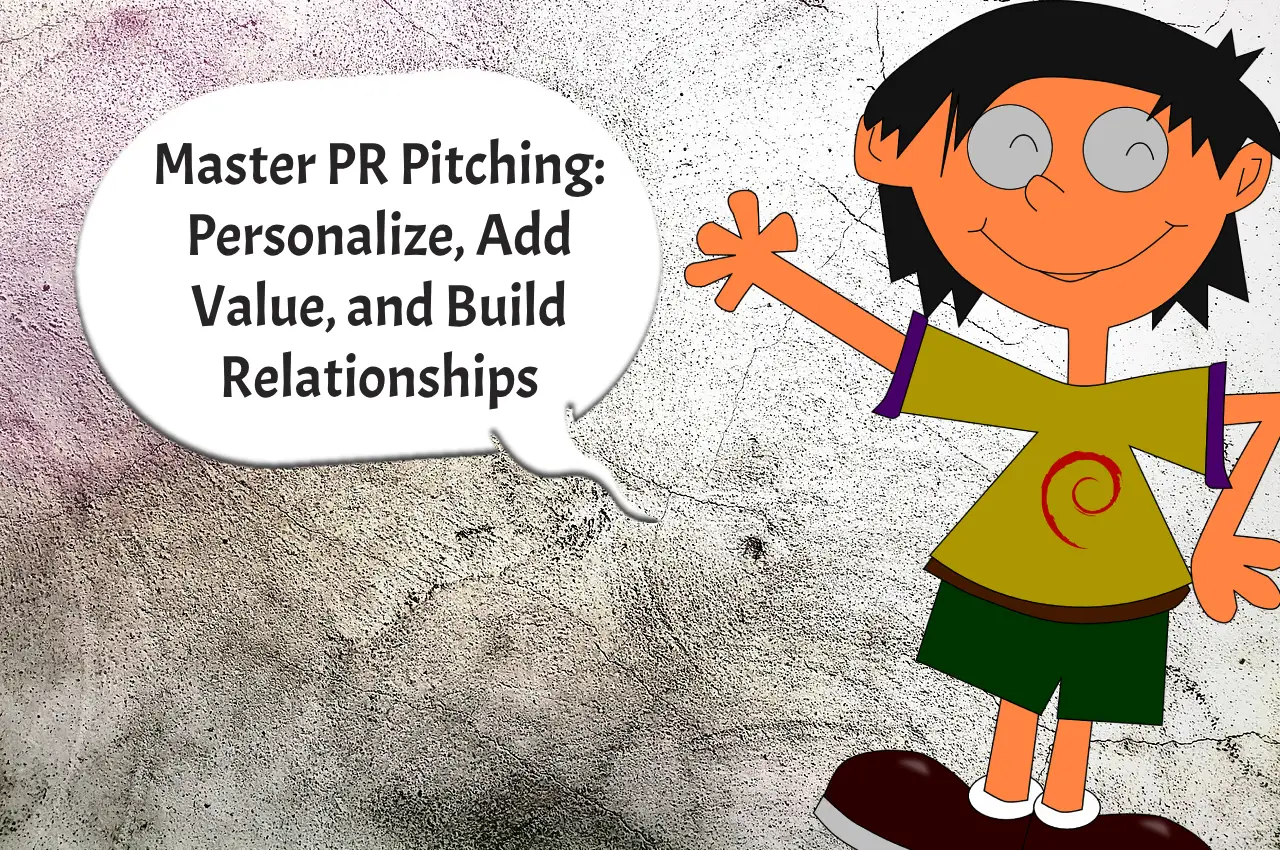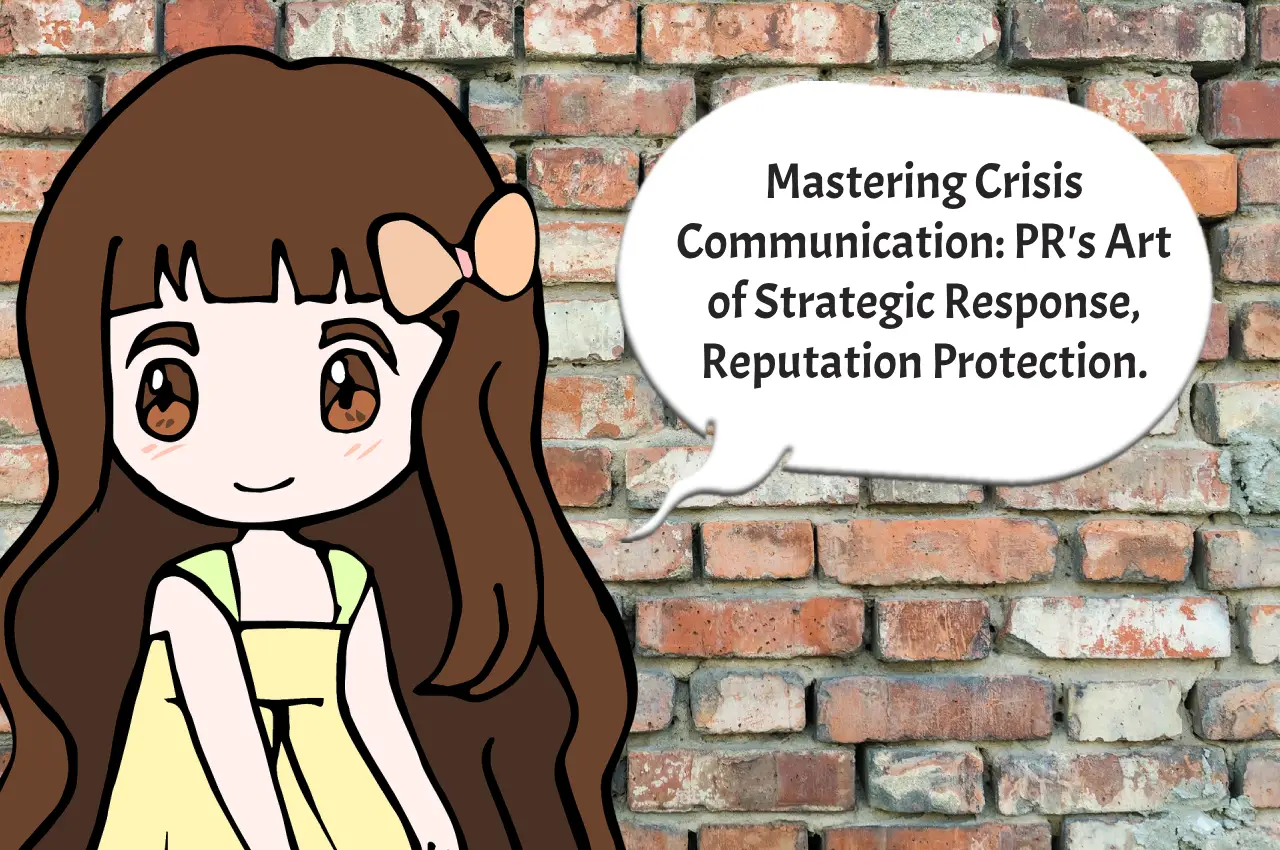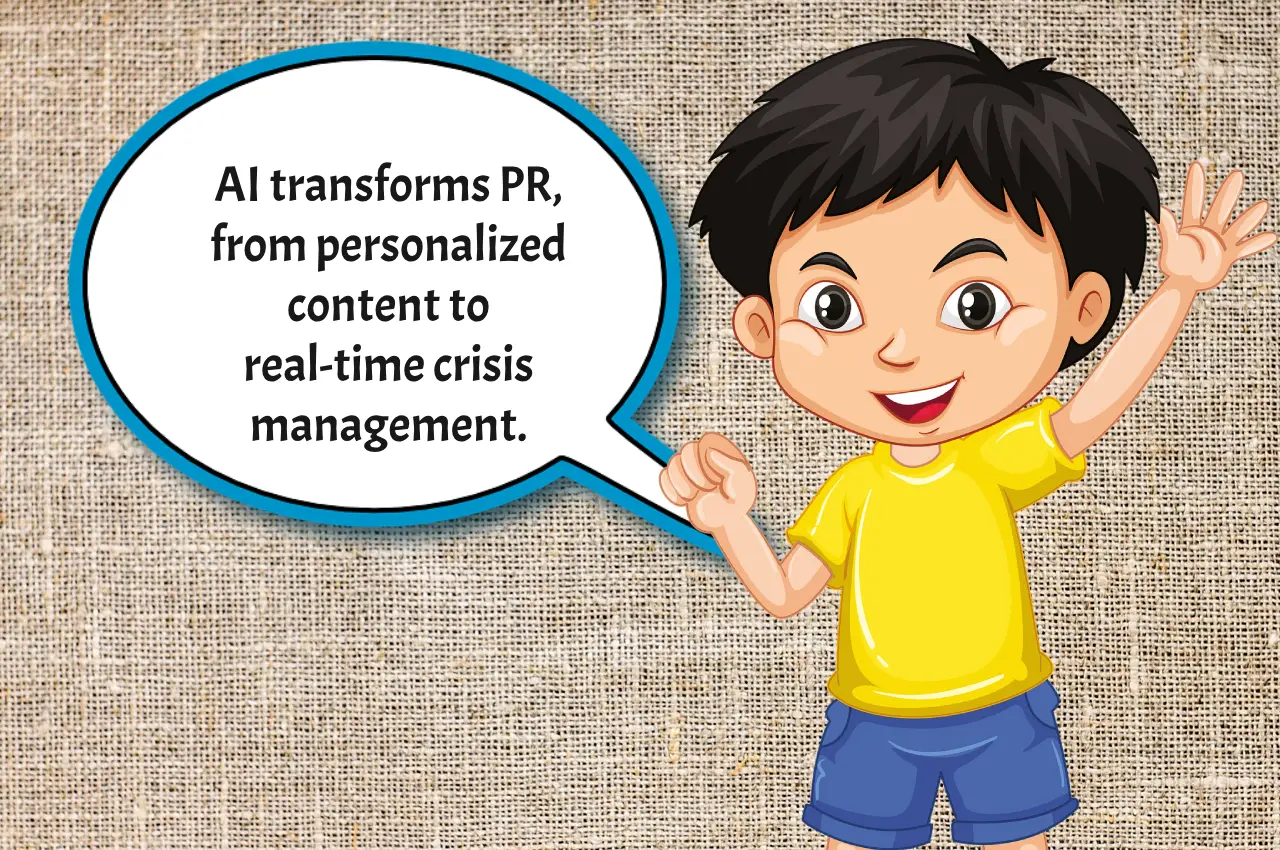Are you ready to boost your PR game and land those coveted media placements? Crafting a winning PR pitch is both an art and a science, requiring finesse, strategy, and a deep understanding of what journalists and editors are looking for. In this guide, we’ll dive into the essential tips and techniques to help you create PR pitches that grab attention, generate buzz, and ultimately drive results.
Understanding Your Audience
Before diving into the nitty-gritty of crafting your pitch, it’s crucial to understand who you’re pitching to. Research your target journalists or publications thoroughly to ensure that your pitch aligns with their interests, beats, and audience demographics. Tailoring your pitch to resonate with the specific needs and preferences of each recipient significantly increases your chances of success.
Crafting a Compelling Story
At the heart of every successful PR pitch lies a compelling story. Whether you’re launching a new product, announcing a milestone, or sharing industry insights, your pitch should tell a story that captivates and resonates with your target audience. Focus on the unique angle, human interest elements, or timely hooks that make your story stand out from the crowd.
Keep It Concise and Relevant
In today’s fast-paced media landscape, journalists are inundated with pitches daily. To cut through the noise, keep your pitch concise, clear, and to the point. Aim for brevity, avoiding unnecessary jargon or fluff that can dilute your message. Highlight the most important details upfront and save the supporting information for follow-up conversations or additional materials.
Personalize Your Approach
Generic, one-size-fits-all pitches rarely cut it in PR. Take the time to personalize each pitch with relevant details or references that demonstrate your understanding of the recipient’s work. Address them by name, mention recent articles they’ve written, or cite specific reasons why your pitch is a perfect fit for their beat or publication. Personalization not only shows respect for the recipient but also increases the likelihood of engagement.
Offer Value and Relevance
Your pitch should offer tangible value and relevance to the journalist or editor you’re pitching to. Clearly articulate how your story or idea aligns with their audience’s interests, addresses a current trend or issue, or provides unique insights or access. Position yourself as a resource and partner rather than simply seeking coverage, fostering a mutually beneficial relationship that extends beyond a single pitch.
Provide Supporting Resources
In addition to your PR pitch, provide journalists with easy access to supporting resources such as high-resolution images, background information, expert quotes, or relevant data points. Anticipate their needs and proactively offer additional materials that enhance the story or streamline their reporting process. By making their job easier, you increase the likelihood of them considering and covering your pitch.
Include Visuals:
Incorporating visuals such as images, infographics, or videos can make your pitch more engaging and memorable. Visuals can help convey your message more effectively and capture the recipient’s attention.
Highlight Unique Selling Points:
What sets your story apart from others? Whether it’s a unique angle, exclusive data, or a compelling narrative, emphasize what makes your pitch stand out from the crowd.
Provide Social Proof:
Include testimonials, case studies, or previous media coverage to demonstrate credibility and build trust with the recipient. Social proof can validate your story and increase the likelihood of coverage.
Stay Persistent:
Rejection is part of the PR process, but don’t let it discourage you. Stay persistent and continue refining your pitches based on feedback and results.
Build Relationships:
PR is about building relationships with journalists, bloggers, and influencers. Take the time to nurture these relationships, whether through social media engagement, networking events, or personalized outreach.
Adapt to Feedback:
Pay attention to feedback from journalists and editors, and be willing to adapt your pitch based on their suggestions. Flexibility and responsiveness can help you forge stronger relationships and increase your chances of success.
Follow Up Strategically
Effective follow-up is key to maximizing the impact of your PR pitch. However, it’s essential to follow up strategically, respecting the recipient’s time and preferences. If you haven’t received a response within a reasonable timeframe, send a polite follow-up email or make a brief phone call to reiterate your pitch and offer any additional information or assistance. Persistence pays off, but be mindful not to cross the line into spammy or aggressive tactics.
Measure and Iterate
After sending out your pitches, track and measure their effectiveness to identify what’s working and what’s not. Monitor metrics such as open rates, response rates, and media placements to gauge the success of your efforts. Use this data to iterate and refine your pitch strategy over time, adapting to feedback and evolving trends in the media landscape. Continuous improvement is essential for long-term PR success.
Celebrate Successes:
When your PR pitch results in media coverage or positive outcomes, take the time to celebrate your success. Acknowledge the hard work that went into crafting and delivering an effective pitch, and use it as motivation for future efforts.
Continuous Learning:
The PR landscape is constantly evolving, so make a commitment to continuous learning and professional development. Stay updated on industry trends, best practices, and new tools or technologies that can enhance your PR efforts.
Conclusion
Crafting a winning PR pitch requires a strategic approach, thoughtful customization, and a relentless focus on value and relevance. By understanding your audience, telling compelling stories, and personalizing your approach, you can increase your chances of securing media coverage and achieving your PR objectives. Remember to stay agile, iterate based on feedback, and never underestimate the power of a well-crafted pitch.
Are you ready to take your PR pitching skills to the next level? Share your thoughts, experiences, and tips in the comments below. Let’s continue the conversation and help each other succeed in the dynamic world of public relations.





